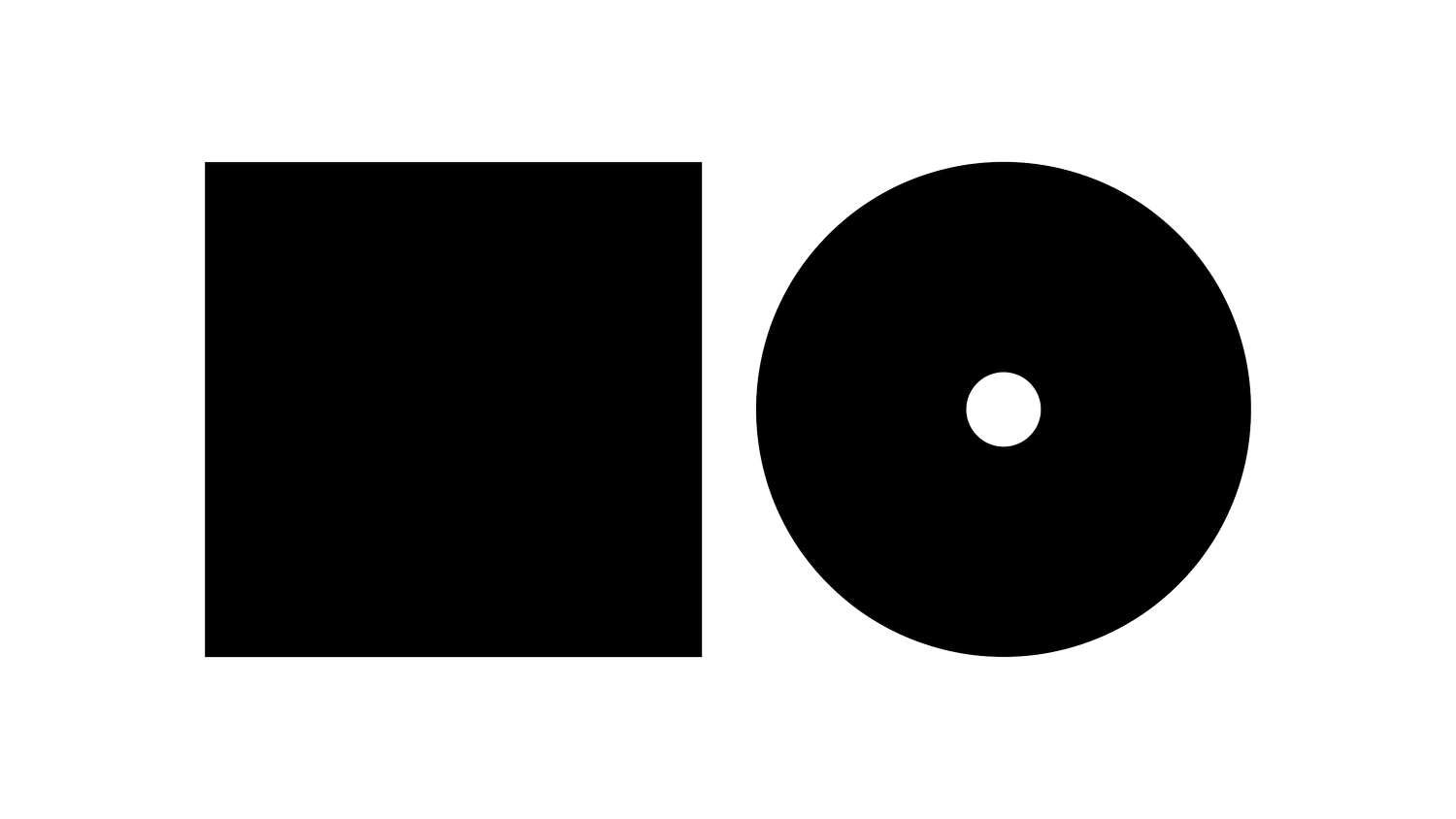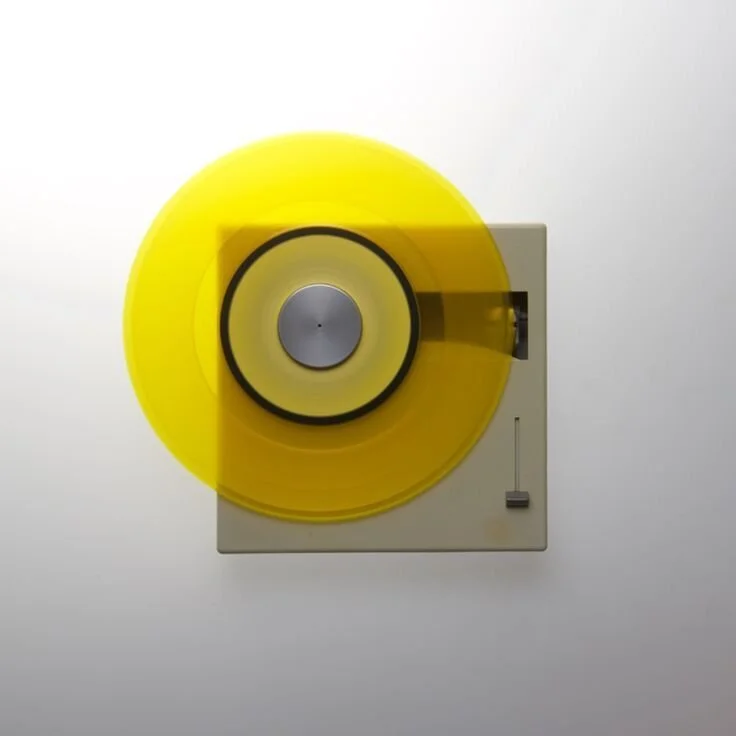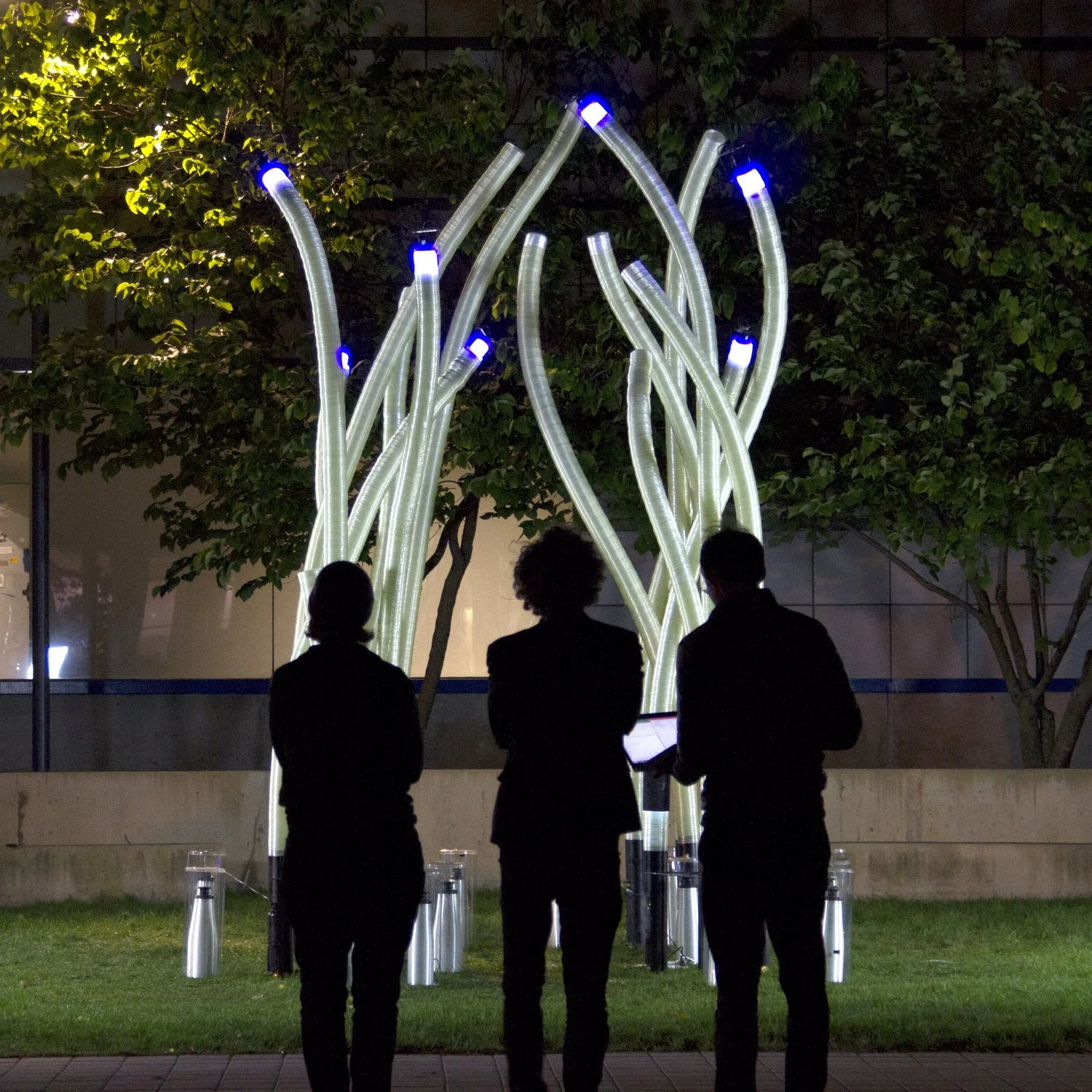P R O L E A R N
Classic Design, in this context, refers to the timeless principles championed by designers like Dieter Rams, emphasising simplicity, functionality, and longevity. It's characterised by the mantra "less but better," focusing on creating products that are useful, honest, and as little design as possible.
Cost Efficiencies
Longevity: Classic designs often have longer lifespans, potentially reducing replacement costs by up to 50% over time.
Resource Optimization: By focusing on essential elements, classic design can reduce material use and production costs by up to 30%.
Versatility: The timeless nature of classic design allows products to remain relevant across changing trends, potentially saving on redesign costs.
Sustainability Benefits
Waste Reduction: Classic design's focus on longevity and quality can significantly reduce waste from disposable or trend-driven products.
Energy Efficiency: Thoughtful, minimalist designs often lead to more energy-efficient products, potentially reducing operational costs and environmental impact.
Environmental Consciousness: Classic design principles often align with eco-friendly practices, promoting the use of sustainable materials and processes.
Innovative Applications
Digital Interfaces: Applying classic design principles to UX/UI design creates intuitive, clutter-free digital experiences.
Sustainable Architecture: Incorporating "less but better" philosophy in building design leads to more efficient, adaptable spaces.
Product Design: From electronics to furniture, classic design principles are creating products that are both functional and timeless.
Challenges and Considerations
Balancing Simplicity and Functionality: Ensuring that minimalist designs still meet all necessary functions can be challenging.
Perception of Luxury: Classic, well-designed products may have higher upfront costs, potentially limiting accessibility.
Adapting to Technological Changes: Maintaining timeless design while incorporating new technologies requires constant innovation.
Future Outlook
As sustainability becomes increasingly crucial, classic design principles are likely to gain more traction. We may see a resurgence of "buy it for life" products and a shift away from disposable consumer culture, driven by both environmental concerns and appreciation for quality design.
Call to Action:
Evaluate your current design approach against Dieter Rams' Ten Principles of Good Design. Consider how you can incorporate the "less but better" philosophy to create more sustainable, timeless, and user-friendly products or spaces.










